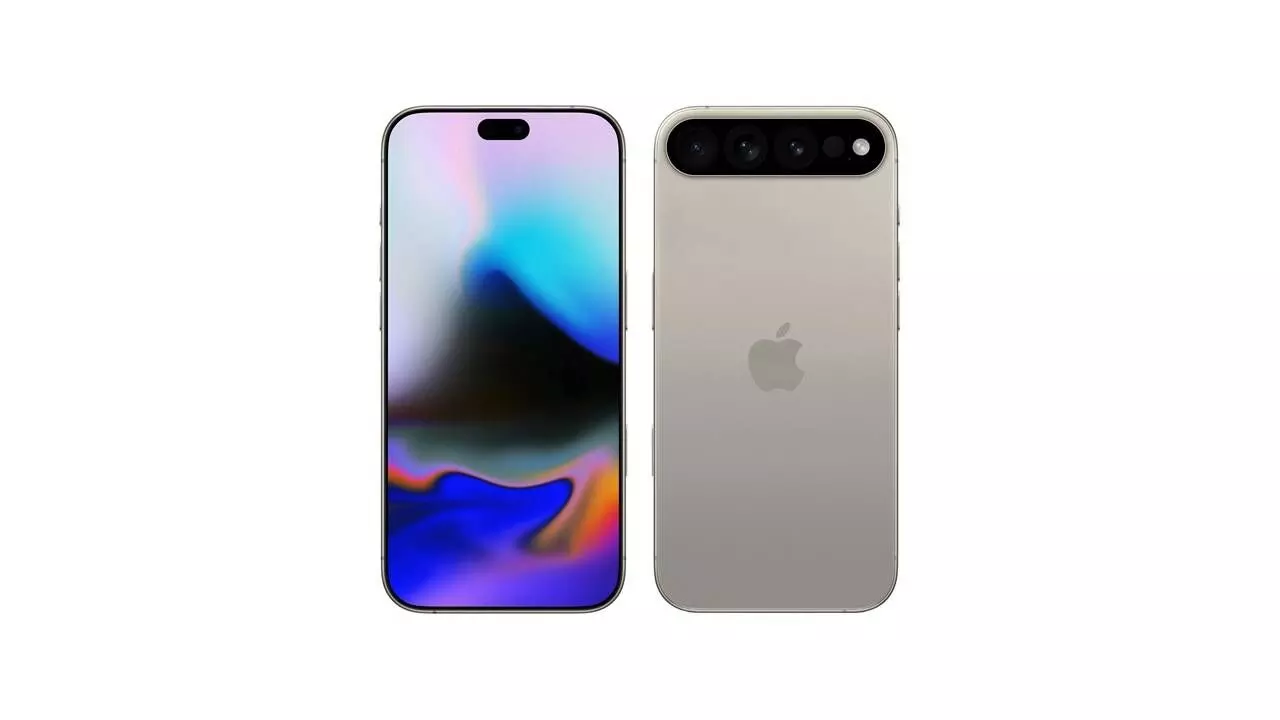iPhone 17 vs Android: Apple Takes Lead in Everyday Wi-Fi Speeds
Real-world Ookla tests show iPhone 17 leading Wi-Fi speeds, proving Apple’s integrated hardware-software approach beats theoretical Wi-Fi 7 features.
image for illustrative purpose

According to the latest information shared by Ookla's Speedtest Intelligence, the performance of Wi-Fi in Apple’s iPhone 17 lineup is increased appreciably. The company’s new custom-made wireless chip, the N1, seems to enhance the network speeds in real life, which places the iPhone 17 series still above many of the top-tier Android devices while offering the latter more advanced features of Wi-Fi 7 on paper.
All the iPhone 17 models including iPhone Air, iPhone 17, iPhone 17 Pro, and iPhone 17 Pro Max are powered by the N1 chip. Unlike the earlier iPhone 16 series that was dependent on Broadcom hardware, Apple has overhauled its Wi-Fi completely and now it is secured its Wi-Fi stack entirely. This vertical integration gives the company the capability to optimize both software and hardware thus achieving more consistent performance while cutting down on reliance on external suppliers.
Ookla, the global speed testing company, analyzed the speed test results from all around the world that were collected in the first six weeks after the iPhone 17 release. The download and upload speed of all regions were up to 40% more than the previous iPhone generation. The improvement was very noticeable even under the most demanding network conditions. For instance. tests focusing on the slowest 10% of connections showed the iPhone 17 series continued to be quite reliable, which points to the fact that the gain made by Apple affects usage day in and day out, not just peak speeds.
N1 chip does not have the capability to handle 320 MHz channels, which is a characteristic of Wi-Fi 7 that allows achieving maximum theoretical throughput. Nevertheless, since the limited availability of routers that support this standard in everyday settings is negligible hence the exclusion thereof has a small effect on performance for most users. In North America, where 6 GHz networks have become prevalent, the iPhone 17 series was able to achieve the highest median download speeds among all other devices tested.
The competition among Android devices is still very tight. For a moment, Google's Pixel 10 Pro was able to beat the iPhone 17 in terms of average download speeds worldwide, with 335.33 Mbps against 329.56 Mbps for the iPhone. The Xiaomi 15T Pro, using a MediaTek Wi-Fi solution, was the absolute winner in the tests for upload speeds and latency, while the Galaxy S25 series from Samsung provided consistent performance worldwide with extremely low latency.
Huawei's Pura 80 family, which does not support the 6 GHz band, is not able to compete with the premium brands in terms of peak throughput. Nevertheless, the devices are still able to hold their own in the older Wi-Fi bands and are even able to provide good upload performance in countries where 6 GHz networks are not yet widely available.
The data from Ookla has pointed out a trend that is actually growing: The performance of Wi-Fi is becoming one of the major factors that differentiate high-end smartphones. With Apple's N1 chip, it is proved that the integration of hardware and software can be a source of real-world advantages even if the theoretical maximum speeds of the new Wi-Fi standards are not attained. The more the Wi-Fi 7 technology is accepted and the 6 GHz network is widely covered, the fiercer the competition between Apple, Google, Samsung, and Xiaomi will be.

